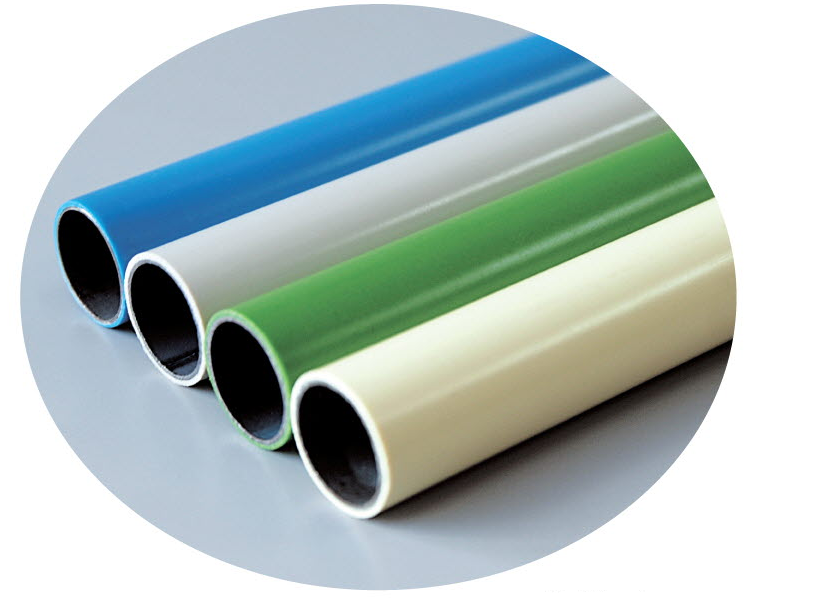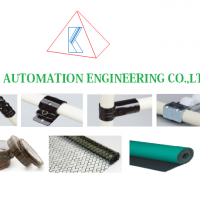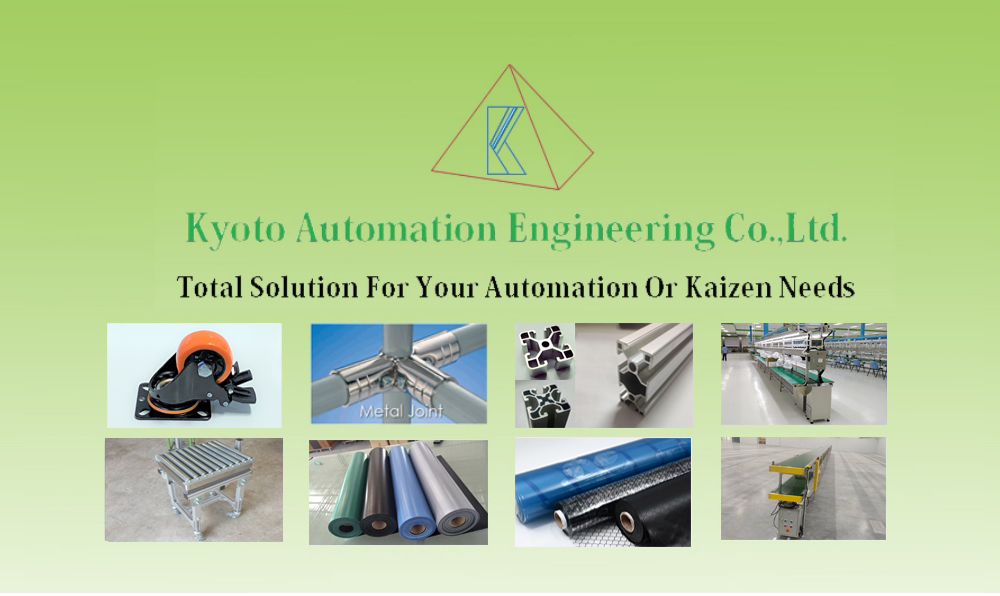ABS Coating Pipe







รายละเอียดสินค้า
เป็นสินค้าที่สะดวกและง่ายต่อการประกอบ นิยมใช้มากในโรงงาน อิเล็กทรอนิค เช่น ชั้นวาง รถเข็น, fifo rack, production line
ABS (acrylonitrile butadiene styrene)
The most important mechanical properties of ABS are impact resistance and toughness. A variety of modifications can be made to improve impact resistance, toughness, and heat resistance. The impact resistance can be amplified by increasing the proportions of polybutadiene in relation to styrene and also acrylonitrile, although this causes changes in other properties. Impact resistance does not fall off rapidly at lower temperatures. Stability under load is excellent with limited loads. Thus, by changing the proportions of its components, ABS can be prepared in different grades. Two major categories could be ABS for extrusion and ABS for injection moulding, then high and medium impact resistance. Generally ABS would have useful characteristics within a temperature range from −20 to 80 °C (−4 to 176 °F).[3]
The final properties will be influenced to some extent by the conditions under which the material is processed to the final product. For example, molding at a high temperature improves the gloss and heat resistance of the product whereas the highest impact resistance and strength are obtained by molding at low temperature. Fibers (usually glass fibers) and additives can be mixed in the resin pellets to make the final product strong and raise the operating range to as high as 80 °C (176 °F). Pigments can also be added, as the raw material original color is translucent ivory to white. The aging characteristics of the polymers are largely influenced by the polybutadiene content, and it is normal to include antioxidants in the composition. Other factors include exposure to ultraviolet radiation, for which additives are also available to protect against.
Acrylonitrile butadiene styrene (ABS) is used for the conveyance of potable water, slurries and chemicals. Most commonly used for DWV (drain-waste-vent) applications. It has a wide temperature range, from -40 °C to +60 °C.
ABS is a thermoplastic material and was originally developed in the early 1950s for use in oil fields and the chemical industry. The variability of the material and its relative cost effectiveness has made it a popular engineering plastic. It can be tailored to a range of applications by modifying the ratio of the individual chemical components.
They are therefore used mainly in industrial applications where high impact strength and rigidity are essential.
This material is also used in non-pressure piping systems for soil and waste.
Product Description
The ABS coated pipe is made by plastic resin coating of welding steel tube, to prevent coating and steel pipe separation between them, use special adhesive bonding. Steel pipe wall for anti-corrosion coatings, the standard line rod materials for 28 mm out diameter and wall thickness of 1.0 mm steel. Bar products are made up of coated pipe and connecting a modular system, you can transfer can any creative ideas converted into a personalized practical structure.
ท่อ ABS coated ทำจากพลาาสติกเรซิ่นเคลือบผิวท่อเหล็ก ใช้กาวพิเศษในการเชื่อต่อกันให้ได้ความคงทน เส้นผ่าศูนย์กลาง 28 มิลลิเมตรและความหนาของผนังเหล็ก 1.0 มม.
1.Place of Origin : Minburi , Bangkok ,Thailand
2.Material :ABS ccoated+iron pipe+anti-rust paint
3.Standard Length :4meter/bar (can be cut for any others length)
4.Certification :ISO 9000,SGS Testing,CE Certification
5.Colors :ivory,grey,black,blue,green
6.Outer diameter :28mm;
7.Thickness :1.0mm
8.Usage :industry,automobile,production line ,office tables ,racks i warehouse and supermarket ,worktables and so on ;
9.Surface :ABS material,hard to scratch ;






เงื่อนไขอื่นๆ
ราคาขึ้นอยู่กับจำนวนและระยะทางในการจัดส่ง
วิธีการชำระเงิน
ชำระเงินผ่านธนาคาร
สินค้าที่เกี่ยวข้อง
Recently viewed
SEARCH
CATEGORY
MEMBER
- ระดับ{{userdata.dropship_level_name}}
- ไปหน้าหลักตัวแทน
- ทั้งหมด {{(order_nums && order_nums.all)?'('+order_nums.all+')':''}}
- รอการชำระเงิน {{(order_nums && order_nums.wait_payment)?'('+order_nums.wait_payment+')':''}}
- รอตรวจสอบยอดเงิน {{(order_nums && order_nums.wait_payment_verify)?'('+order_nums.wait_payment_verify+')':''}}
- รอจัดส่งสินค้า {{(order_nums && order_nums.wait_send)?'('+order_nums.wait_send+')':''}}
- รอยืนยันได้รับสินค้า {{(order_nums && (order_nums.wait_receive || order_nums.wait_confirm))?'('+(order_nums.wait_receive+order_nums.wait_confirm)+')':''}}
- รอตรวจสอบข้อร้องเรียน {{(order_nums && order_nums.dispute)?'('+order_nums.dispute+')':''}}
- เรียบร้อยแล้ว {{(order_nums && order_nums.completed)?'('+order_nums.completed+')':''}}
- ทั้งหมด {{(order_nums && order_nums.all)?'('+order_nums.all+')':''}}
- รอการชำระเงิน {{(order_nums && order_nums.wait_payment)?'('+order_nums.wait_payment+')':''}}
- รอตรวจสอบยอดเงิน{{(order_nums && order_nums.wait_payment_verify)?'('+order_nums.wait_payment_verify+')':''}}
- รอจัดส่งสินค้า {{(order_nums && order_nums.wait_send)?'('+order_nums.wait_send+')':''}}
- ส่งสินค้าเรียบร้อยแล้ว {{(order_nums && order_nums.sent)?'('+order_nums.sent+')':''}}
STATISTICS
| หน้าที่เข้าชม | 215,746 ครั้ง |
| ผู้ชมทั้งหมด | 114,846 ครั้ง |
| เปิดร้าน | 7 ก.พ. 2560 |
| ร้านค้าอัพเดท | 20 ต.ค. 2568 |
CONTACT US
TRACK&TRACE
LINK

TOP เลื่อนขึ้นบนสุด





